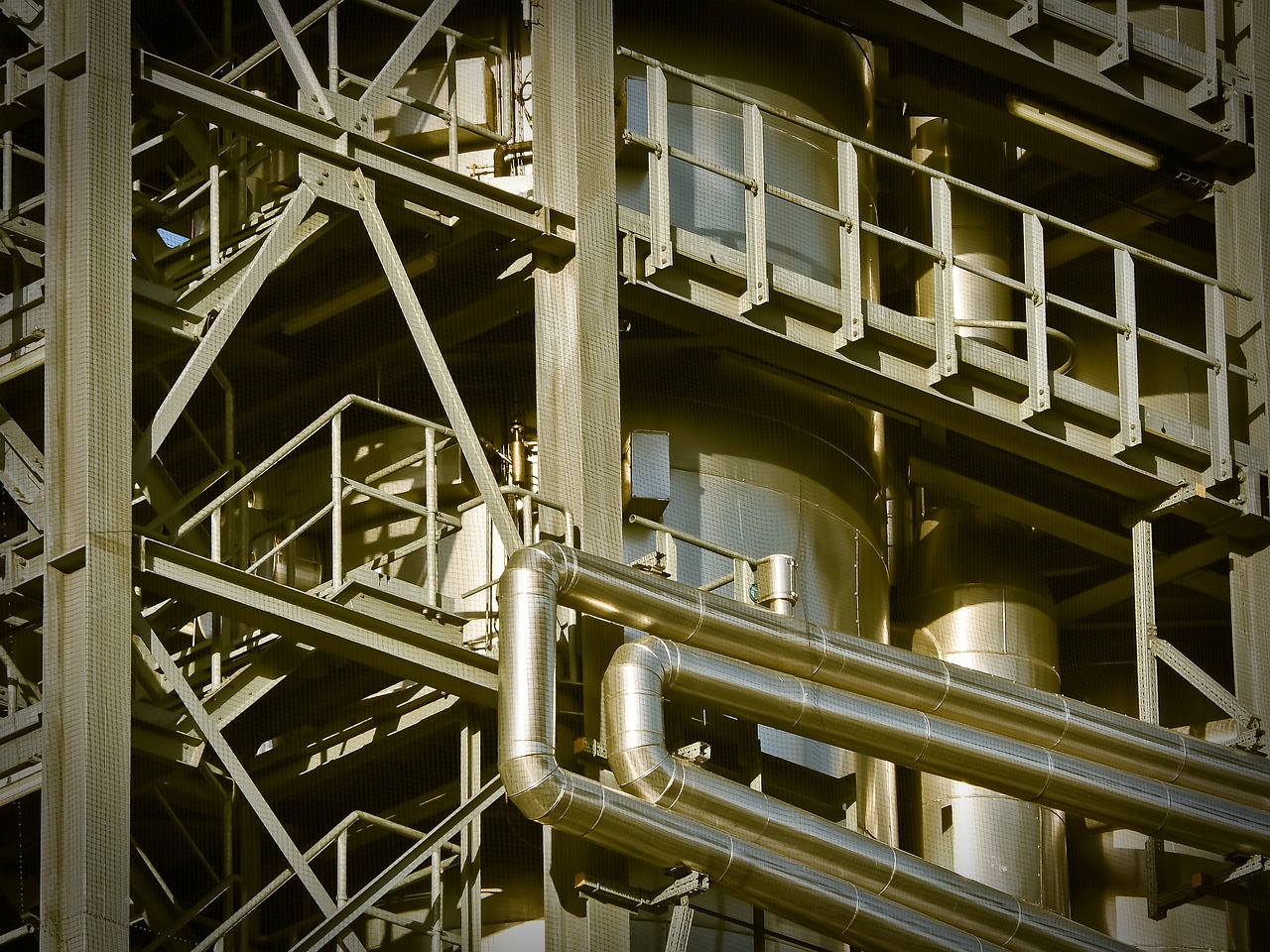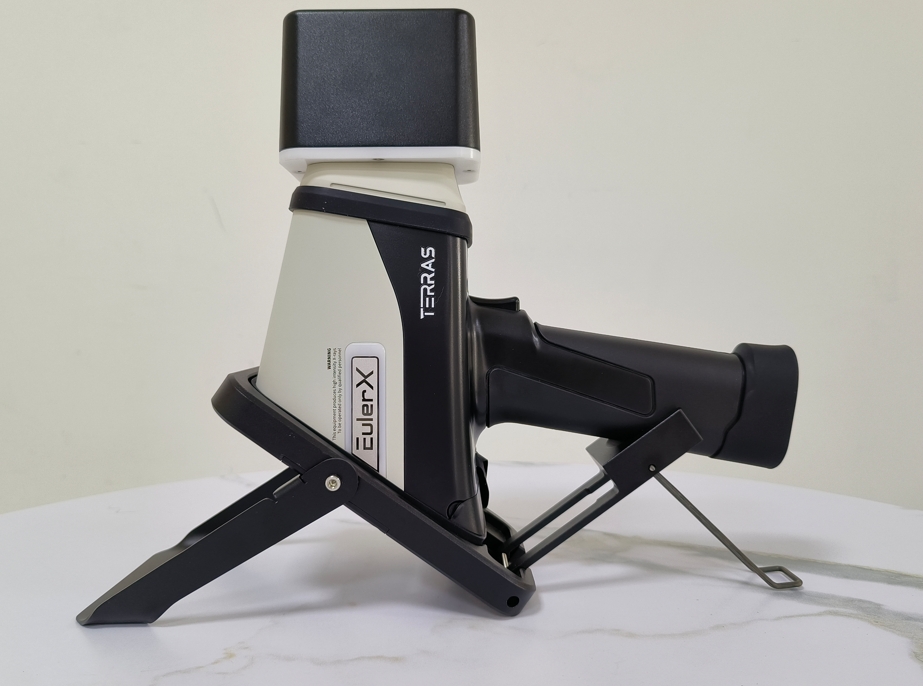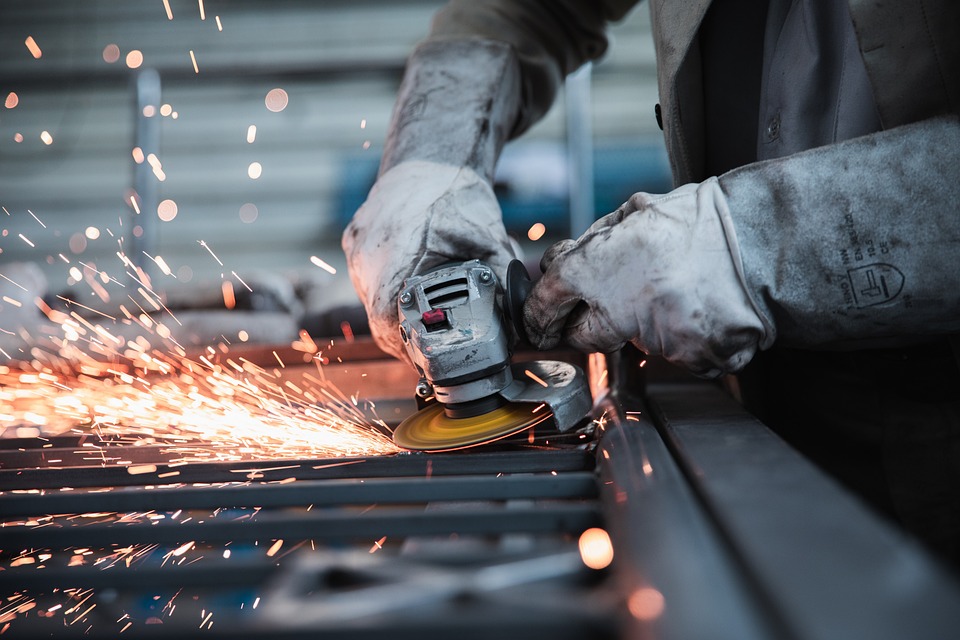
XRF Technology
A high-tech enterprise focusing on the development and application of X-ray technology products, committed to becoming a leading supplier of X-ray industrial testing solutions.
Handheld XRF Analyzer Systems vs. Laboratory XRF Analysis: A Comparative Study
In the realm of materials analysis, X-ray fluorescence (XRF) technology stands out as a powerful tool for identifying and quantifying elements in various samples. When deciding between handheld XRF analyzer systems and laboratory XRF analysis, understanding the strengths and limitations of each can guide you to the optimal choice for your needs. This comparative study delves into the nuances of both methods to help you make an informed decision.

Terras EulerX900 Handheld Alloy Analyzer
Handheld XRF Analyzer Systems
Advantages:
Portability and Convenience: Handheld XRF analyzers are designed for mobility. These compact devices allow users to perform on-site analyses, which is ideal for fieldwork, such as environmental testing, construction site assessments, or mining exploration. The ability to bring the analyzer to the sample rather than transporting the sample to the lab saves time and logistical effort.
Immediate Results: One of the standout features of handheld XRF systems is their ability to deliver results in real-time. This instant feedback is invaluable for making quick decisions and adjustments on the fly, particularly in situations where time is of the essence.
User-Friendly Operation: Many handheld XRF analyzers are designed with ease of use in mind. They often feature intuitive interfaces that require minimal training, making them accessible to a broader range of users, including those without extensive technical backgrounds.
Limitations:
Accuracy and Precision: While handheld XRF analyzers are effective for many applications, they may not match the precision of laboratory XRF systems, especially when detecting trace elements. The compact nature of the device can limit its analytical capabilities compared to more sophisticated laboratory equipment.
Sample Limitations: The effectiveness of handheld XRF systems can be constrained by the type and size of the sample. Certain materials or shapes might pose challenges, requiring specific adjustments or limitations on the types of analyses that can be performed.
Durability and Battery Life: Handheld devices are subject to wear and tear, especially in harsh environments. Additionally, battery life can be a concern, potentially impacting the analyzer’s reliability during extended fieldwork.
Laboratory XRF Analysis
Advantages:
High Precision and Accuracy: Laboratory XRF systems are renowned for their high-resolution capabilities. They offer detailed and precise analysis, making them suitable for applications requiring rigorous data, such as scientific research, quality control in manufacturing, or in-depth material characterization.
Versatility: These systems are capable of analyzing a wide range of sample types and sizes, including complex and irregular materials. The advanced technology in laboratory XRF systems allows for comprehensive analysis, including the detection of trace and minor elements.
Advanced Features: Laboratory XRF analyzers often come equipped with sophisticated features, such as advanced detectors, multiple excitation sources, and enhanced data processing capabilities. These features enable more nuanced and accurate results.
Limitations:
Lack of Portability: Laboratory XRF systems are typically large and fixed installations. This immobility requires samples to be transported to the lab, which can be inconvenient and impractical for certain applications.
Higher Costs and Longer Analysis Times: The operational costs of laboratory XRF analysis are generally higher due to the complexity of the equipment and the specialized facilities required. Additionally, the analysis process may take longer compared to handheld systems.
Complex Operation: Operating a laboratory XRF system often requires specialized training and expertise. The complexity of the equipment and the data analysis process can be a barrier for those without a background in materials science or analytical chemistry.
The EulerX 900 series has proved to be an excellent choice for metal analysis in a wide fields, providing fast, accurate results directly to the user. Thanks to its cutting-edge electronics and sophisticated mathematical algorithms, the EulerX 900 series ensures superior measurement quality within seconds. The applications of the EulerX 900 handheld are extensive, covering not only solids but also liquids and powders. The EulerX 900 series handheld alloy analyzers are extensively utilized for alloy grade identification and quality control, scrap metal recycling, precious metals analysis, PMI, and more.

Terras EulerX900 Handheld Alloy Analyzer
Conclusion
Choosing between handheld XRF analyzer systems and laboratory XRF analysis ultimately depends on your specific needs and application requirements. Handheld XRF analyzers are ideal for on-site, real-time analysis where mobility and ease of use are paramount. In contrast, laboratory XRF systems are best suited for applications requiring high precision, versatility, and advanced analytical capabilities.
By carefully evaluating the advantages and limitations of each method, you can select the XRF technology that aligns with your analytical goals, ensuring that you obtain accurate and relevant data for your projects.
Join Us
Subscribe to our email list for updates & promotions.



